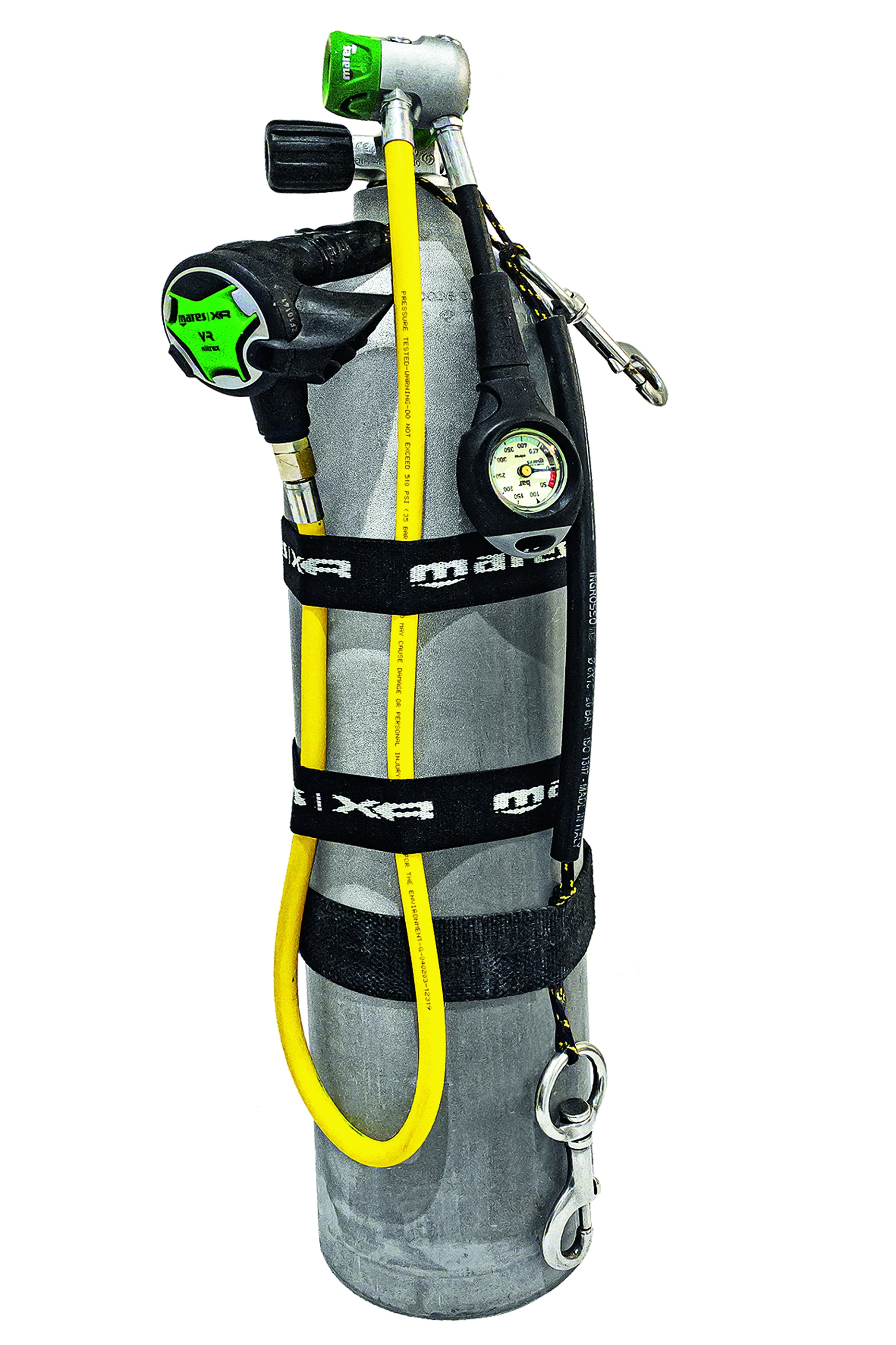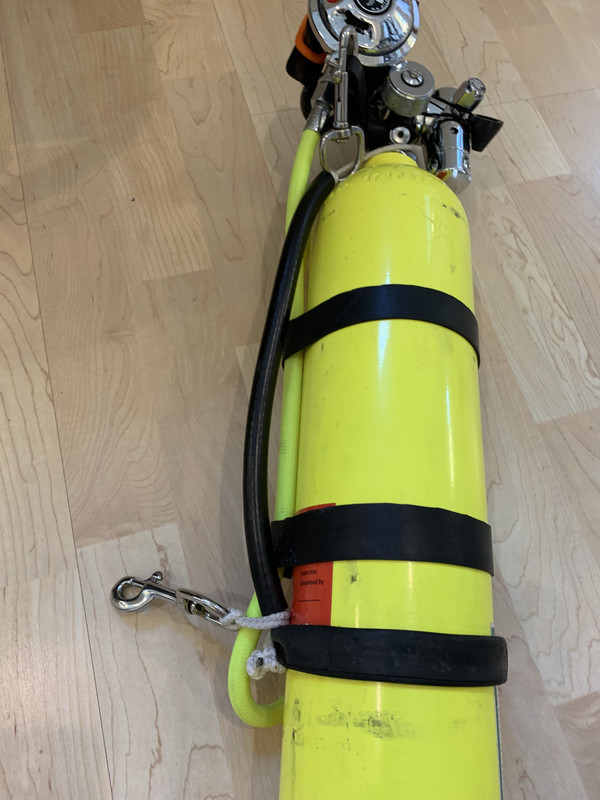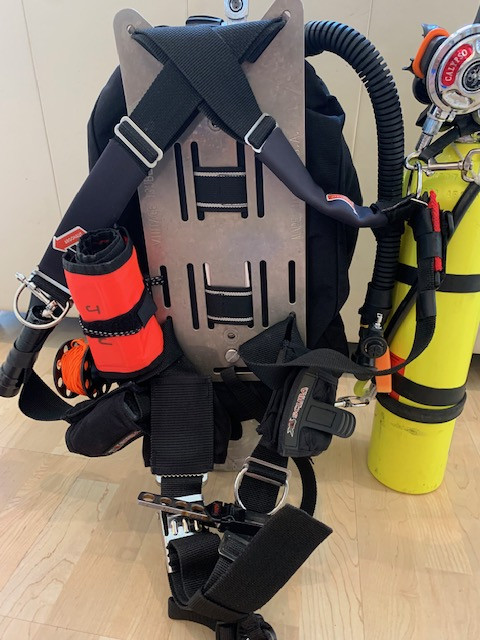Before the dive - I agree.
During the dive - Why? it's still the same amount as you had before the dive. Unless it fails, in which case the dive is over.
After the dive - Why? If you're using the pony as a pony and not additional breathing gas, it should not have significantly changed...
A solo diver should know their gas consumption rate. I know I can spend about two hours on a pony at 10-15 feet. Add in the time it takes me to get to 10 feet from depth, and factor in stress and maybe we're down to an hour of use before I run out of air.
Why would I need to know my pressure?
To put it another way, a properly used pony is in a binary state. It either has air for me underwater, or it does not. If it has air, I'm going to use it. If it does not, I'm going to the surface. A pre-dive check will tell me if I have air, and I'm keeping my pony off during the dive, so if I need it, I will have air. I don't need an spg to tell me that.
If I transition to my pony, my dive is over. That air needs to get me to a safety stop, and hopefully keep me there for three minutes... If for some reason it fails to provide me with the necessary gas, I'm right back to an emergency swimming ascent. An spg is meaningless here.
If I did something unusual as a solo diver and I went into deco and ran out of back gas during my ascent or stop, I'd transition to my pony and I'd do as much deco as possible. If gas runs out on the pony, I'm going to the surface. An spg is meaningless again.
My pony is like a reserve parachute. If my primary parachute fails, I need my reserve to get me to the ground. I don't need to know how fast I'm descending, I just need to not be dead when I get there.
Scuba gear is incredibly reliable, but those tiny o-rings in your spg are, in my experience, the most failure prone bit of gear the average diver carries. You said you think they aren't a significant failure point, but they are a failure point.
Eliminating any failure point in a backup system seems like a good idea to me, but I'm open to new ideas. Why is not having an spg crazy?
To be fair, I have used my sidemount short hose with an spg on it, on my pony, in the past. It's all about the risk you're willing to accept, but if you have a dedicated solo system I think it makes more sense to eliminate the spg.
If you're swapping between a pony and deco, I'm not fundamentally opposed to an spg, but there is risk involved in the decision. I wouldn't accept the risk that
@NW Dive Dawg does. I'd want a fully redundant system (sidemount).
About the only time I use a pony bottle is when I teach, and it's to cover me in the event of an equipment failure. I don't want to have to share air with a student while bringing more than one student to the surface, especially on their first couple of dives.






